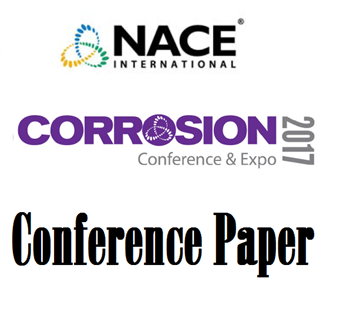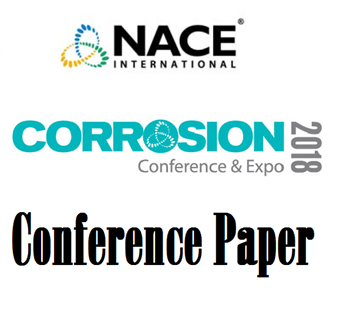Search
51317-9466- Inhibitor Partitioning Efficiency Using Fluorescence Spectroscopy Detection
Also Purchased
Guidelines for Corrosion Inhibitor Selection for Oil and Gas Production
Product Number:
51317--8842-SG
ISBN:
8842 2017 CP
Publication Date:
2017
$20.00
51318-11467-Relationship between Inhibitor Adsorption and Surfactant Properties: Part I - Methodology
Product Number:
51318-11467-SG
Publication Date:
2018
$20.00
00034 THE CORROSION INHIBITOR AVAILABILITY MODEL
Product Number:
51300-00034-SG
ISBN:
00034 2000 CP
$20.00




